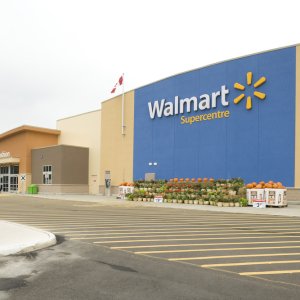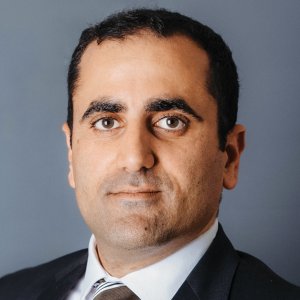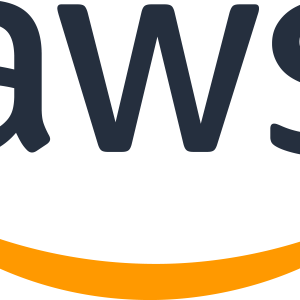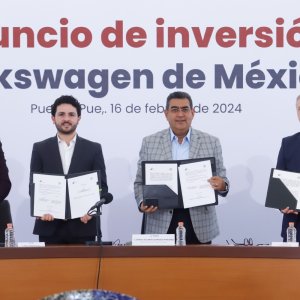Pharmaceutical Hubs in MENA Region Show Remarkable Growth

STORY INLINE POST
With high oil prices and the current post-pandemic recovery, the Middle East and North Africa (MENA) region is forecast to grow significantly in 2022, a landscape that will continue to improve through 2023 and 2024.
Because of this post-pandemic recovery, many sectors in the region previously targeted as part of the Arab countries' plans for economic diversification were further strengthened by efforts to curb the spread of COVID-19. Such sectors are those related to pharmaceuticals and healthcare.
Looking at this landscape, in 2019, prior to the COVID-19 pandemic, the pharmaceutical market in the region was valued at US$25.6 billion, while by 2021, it had reached US$30 billion and by the end of 2022, the forecast is for US$47 billion, which would represent 83.5 percent growth.
With this remarkable growth, the pharmaceutical industry is worth analyzing, particularly because in the region it is possible to identify specific countries that have driven the rate significantly. These examples include countries such as the United Arab Emirates and Morocco, pharmaceutical hubs that, in the post-pandemic scenario, have seen their role as international references strengthened.
Morocco a Steadily Growing Pharmaceutical Market
Prior to the COVID-19 pandemic, Morocco was well-known for the significant development of its pharmaceutical industry, which represented 2 percent of its GDP and created around 9,000 direct jobs and 50,000 indirect jobs. The pharmaceutical industry was the second-most important industry for its economy after phosphate production and ranked as the fourth-leading country for the pharma industry in Africa, only after Algeria, Egypt, and South Africa.
Indeed, Moroccan drug production covered 65 percent of the national demand, with a production of around 425 million units per year. Moreover, around 10 percent of what was produced domestically was allocated to exports, mainly placed in the markets of African countries.
Many factors in the Moroccan market, such as being highly attractive for investment owing to its internal political stability and initiatives by the government to increase the growth of the generics market kept the country in a competitive position worldwide before 2020.
As coronavirus was rapidly spreading worldwide as well as the race to find efficient treatments to control deaths caused by the disease, the Moroccan pharmaceutical industry challenged its capacity to produce drugs.
Facing this reality, local producers showed an undeniable capacity to manufacture, allowing total self-sufficiency and even a 27 percent increase in drug exports to African countries, going from exports of US$18.9 billion to US$24.08 billion during this period.
The Moroccan expertise in the pharmaceutical industry allowed a significant increase of 1.5 to 2 percent in drug sales, which represented a profit of US$1.5 billion. In addition, the pandemic emphasized the importance of the Moroccan drug market for Africa, placing it as an important hub for pharmaceutical companies with wide opportunities to access other markets comprising over 2.5 billion consumers.
UAE: Local Manufacturing Takes Off
Over the past five years, the UAE government has launched two major plans, the Dubai Industrial Strategy 2030 and Abu Dhabi Vision 2030, aimed at boosting non-oil sectors in the country. Both economic strategies for the country’s two largest cities have included the pharmaceutical industry as a priority for development.
Because of this prioritization, the sector has registered a 7 percent annual growth rate, which reflects the positive steps that the country has taken in the process of economic diversification. Now, although in strengthening the pharmaceutical sector, the UAE has not become the center of manufacturing plants for pharmaceuticals, most of the major players in the sector have chosen the country as their regional hub.
However, with the COVID-19 pandemic, a major shift emerged in the Emirati pharmaceutical sector, introducing new opportunities to strengthen its position in the industry by boosting local manufacturing.
On one hand, faced with the health emergency, Dubai International Humanitarian City facilitated the distribution of over 80 percent of the World Health Organization’s global COVID medical response, leading to a remarkable increase in pharmaceutical exports and re-exports from the emirate in 2020. Also, in March 2021, Abu Dhabi announced it would produce the Chinese Sinopharm vaccine in the UAE, providing a boost to local manufacturing.
With this significant expansion of the pharmaceutical industry, the number of manufacturing units in the UAE reached 23 in 2021 (with 14 manufacturing drug facilities), compared to the four units registered in 2010. Thus, over 2,500 drugs are produced locally.
The pandemic undoubtedly represented many important social and economic changes. In the face of recovery, we can see the opportunities that this situation opened for the economies of the Arab countries and, therefore, the opportunities for commercial exchange with Mexico. The Mexican pharmaceutical industry is the second-largest in Latin America, with a production of 4.2 billion units per year.
While the post-COVID scenario showed the potential of the pharmaceutical hubs in the region, such as the United Arab Emirates and Morocco, which have strengthened their industries, these countries still have a long journey ahead. Mexico has a lot to offer not only in supplies but also in know-how; hence, cooperation in the sector represents great business opportunities for entrepreneurs to explore.






















